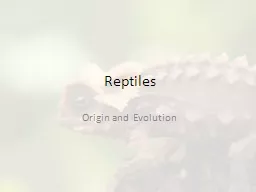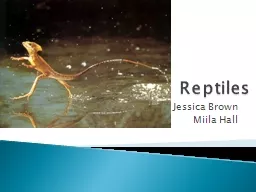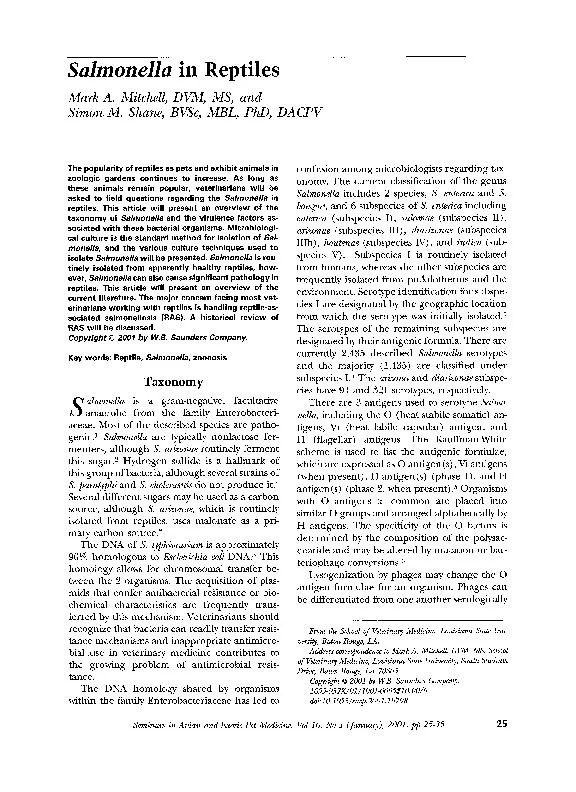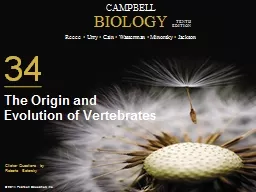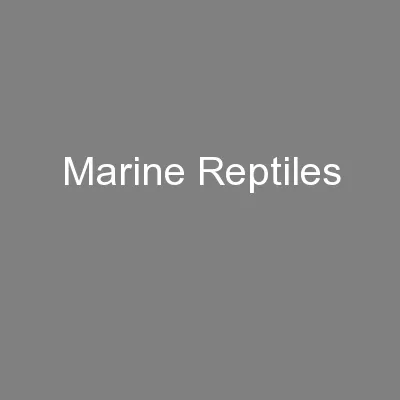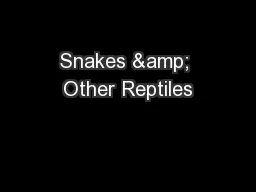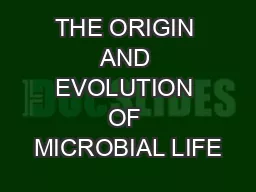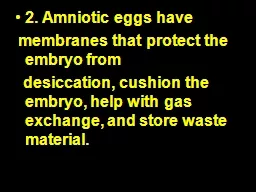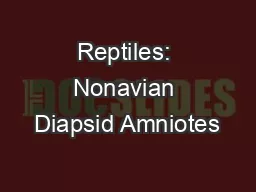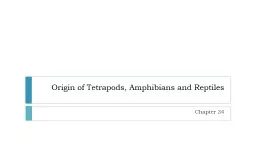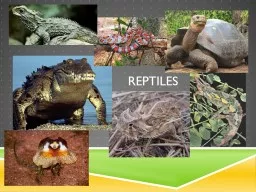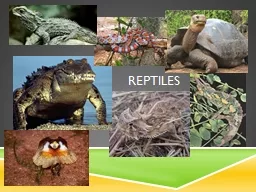PPT-Reptiles Origin and Evolution
Author : tawny-fly | Published Date : 2018-03-22
History of Reptiles Reptiles arose from amphibians Earliest fossils 359 mya Small four legged vertebrates wsmall teeth Pangaea Drier climate Mass extinction during
Presentation Embed Code
Download Presentation
Download Presentation The PPT/PDF document "Reptiles Origin and Evolution" is the property of its rightful owner. Permission is granted to download and print the materials on this website for personal, non-commercial use only, and to display it on your personal computer provided you do not modify the materials and that you retain all copyright notices contained in the materials. By downloading content from our website, you accept the terms of this agreement.
Reptiles Origin and Evolution: Transcript
Download Rules Of Document
"Reptiles Origin and Evolution"The content belongs to its owner. You may download and print it for personal use, without modification, and keep all copyright notices. By downloading, you agree to these terms.
Related Documents

